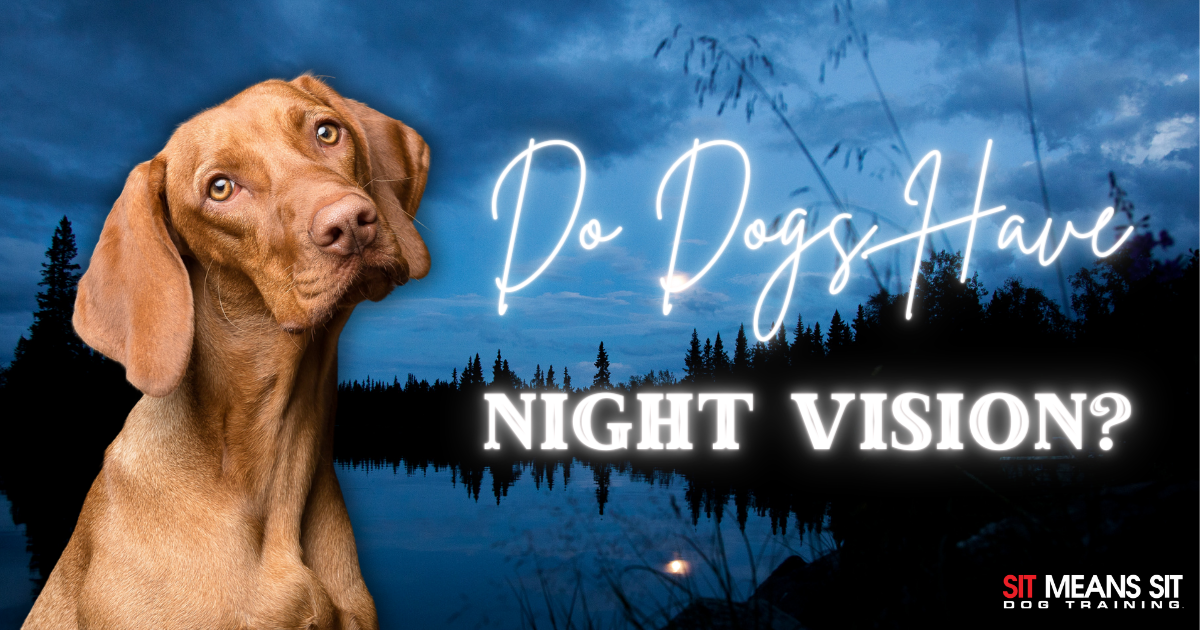As the sun sets and the moon rises, our four-legged friends embark on nighttime adventures in the backyard or on evening walks. It makes us wonder – do our canine companions possess a superpower of night vision? Keep reading to delve into the fascinating world of canine eyesight and answer the burning question: Do dogs have night vision?

Unraveling the Canine Vision Code
Adaptations in Low Light: Dogs have a remarkable ability to see in low light conditions, thanks to a higher number of rod cells in their retinas. Rod cells are photoreceptor cells responsible for vision in dim light, allowing dogs to detect movement and navigate in low-light environments more effectively than humans!
Tapetum Lucidum – The Glow Factor: Ever noticed your dog’s eyes gleaming in the dark? This magical glow is courtesy of the tapetum lucidum, a reflective layer behind the retina. This layer enhances the amount of light that enters the eye and improves vision in low-light settings! Essentially, it’s the reason behind your dog’s mesmerizing “nighttime eyes.”
Limited Color Perception: While dogs boast impressive night vision, their color perception is somewhat limited compared to humans! Dogs see the world in shades of blue and yellow, with reds and greens appearing as different shades of gray. This color vision, or lack thereof, is a trade-off for their enhanced ability to see in dim lighting.
Not True Night Vision Goggles: Despite their superior low-light vision, it’s important to note that dogs don’t have true night vision like some nocturnal animals! While they excel in low-light conditions, complete darkness may still pose challenges for them.
The Superpower of Scent
In addition to their remarkable eyesight adaptations, canines also rely heavily on their sense of smell, which is arguably their most potent superpower! While their vision aids them in low light, their acute sense of smell allows them to navigate and perceive their surroundings in ways we can only imagine!
Practical Implications for Dog Owners
Understanding your dog’s vision capabilities influences how you interact with them, especially during nighttime activities. For instance, providing adequate lighting during evening walks can make the experience more enjoyable for both you and your furry friend. Additionally, recognizing that your dog sees the world in different hues offers insights into their visual experience!

